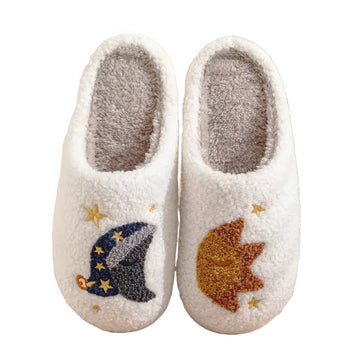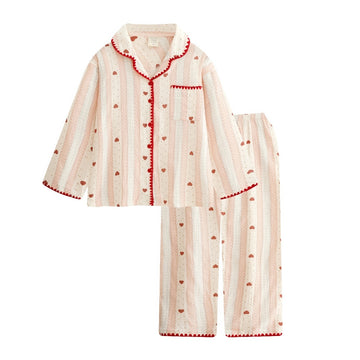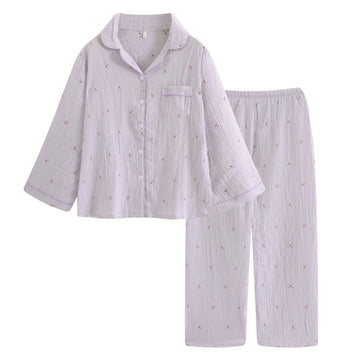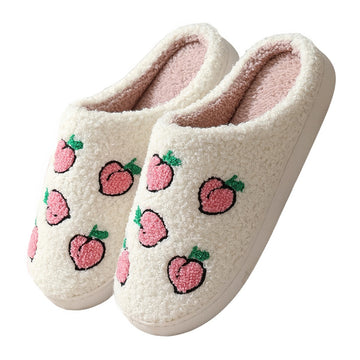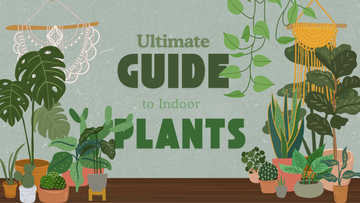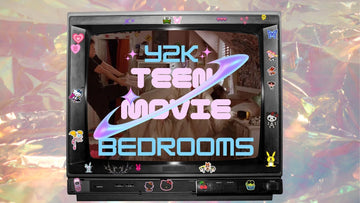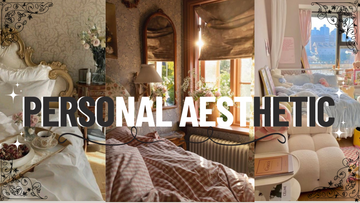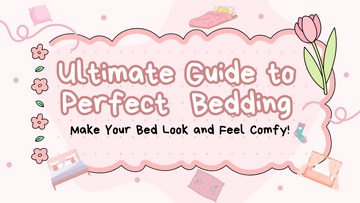Table of Contents
- Start with Reflecting on Your Personality, What’s the Essence of Your Style?
- What’s Your Muse for Interior Design?
- This Still Needs to be a Comfortable and Cozy Environment
- How to Reveal the Palette that Resonates with Your Soul
- You Can’t Forget About the Textures Within Your Space
- What’s the Sentiment You’re Going For?
- You Need to Seek Harmony
It’s always so important to find your identity, who you are, who you feel you are, who you think you are! Finding out your identity isn’t just about understanding what your beliefs truly are, how you display yourself (like your fashion taste), or even what group you fit best in, but it’s also about the space you’re in.
The one you live in, like your bedroom. Your personal aesthetic is the cornerstone of creating a truly captivating and harmonious space. At the end of the day, when it comes to finding your personal interior design aesthetic or just what aesthetic fit you best, it’s really going to be all about peeling back the layer of individuality- what makes you who you are.
But what do you need to actually do to find your personal interior design aesthetic? How can you find this aesthetic that fits who you are? Well, go ahead and start diving into this intricate tapestry that makes you who you are as we explore how to find your own distinct interior design aesthetic - one that speaks volumes about your soulful, artistic expression within four walls. It all starts with self-discovery and knowing that there doesn’t have to be any bounds to your imagination or who you are.
Start with Reflecting on Your Personality, What’s the Essence of Your Style?
Discovering your personal interior design aesthetic begins with understanding yourself and reflecting on your unique personality. So, just by uncovering the essence of your style, you can create a space that truly represents who you are. But how do you even begin something like this?
- It helps to start by asking yourself some questions. Better yet, do not consider taking a Room Aesthetic Quiz, since this can really point you in a good direction.
- Go ahead and explore your interests, hobbies, and passions. What inspires you? Whether it's art, music, or nature, these elements can influence your design choices.
- Consider how you want to feel in your space. Do you crave tranquility and calmness? Or perhaps vibrancy and energy? It’s really going to help if you can have an understanding of the emotions you want to evoke, which will help guide your design decisions.
- Think about colors that resonate with you. Are you drawn to soothing neutral tones or bold, vibrant shades? Find colors that reflect both your personality and desired ambiance.
Remember, finding your personal interior design aesthetic is an ongoing journey of self-discovery. Stay open-minded as tastes evolve over time while remaining true to yourself and embracing what makes you unique.

What’s Your Muse for Interior Design?
You know how some of the greatest artists of all time had a muse? Well, they were their inspiration for creating music, photography, paintings, and so on. Basically, most of their creations were thanks to their muse. So, with that said, think about your muse. What could it be? It might be an influencer with a gorgeous room; maybe it’s something you’ve seen on Pinterest. Your muse doesn’t actually need to be a real person, either.
Discovering Your Inspirations
You should keep in mind that finding your muse for interior design is a journey of self-discovery. It’s really going to help to just start by exploring the world around you and observing what catches your eye. Take walks in nature to appreciate its colors, textures, and patterns – they can easily translate into your home decor.
Another couple of places to think about would be art galleries and museums, as these are treasure troves of inspiration, such as classic masterpieces and even modern art installations. But in general, they expose you to different styles and ideas that may resonate with you.
Embracing Cultural Influences
Something else to keep in mind would be the fact that traveling or learning about different cultures can unlock new aesthetic possibilities. Each culture has unique art forms, architectural styles, and decorative traditions. So, just try to be open-minded towards embracing these influences in your own space - whether it's Moroccan tiling or Japanese minimalism.
Tapping Into Personal Experiences
Your personal experiences shape who you are as an individual – use them as a source of inspiration! Think about places that hold special meaning for you – childhood homes, memorable vacations, or even favorite cafes –and try incorporating elements from those spaces into your own home. The result will be an interior design aesthetic that reflects your personality and tells a story unique to you.
This Still Needs to be a Comfortable and Cozy Environment
At the end of the day, this is a bedroom, so it needs to be comfortable, and it still needs to be able to function as a comfortable environment where you can peacefully sleep, do homework, and other activities you prefer to do in this room. But at the same time, creating a cozy and comfortable space begins with understanding your personal interior design aesthetic.
- Explore different design styles: Start by researching various interior design styles, such as modern, minimalist, rustic, or eclectic. Look for inspiration in magazines and online platforms like Pinterest and Instagram, or visit local home decor stores.
- Consider your lifestyle and personality: Take into account your daily routines and the type of environment that makes you feel most at ease. Are you an organized person who prefers clean lines and clutter-free spaces? Or do you gravitate towards warm textures and vibrant colors? Maybe you’re someone who’s chaotic and loves maximalism.
- Pay attention to what brings you joy: Think about places or objects that make you feel happy and content. Is it a charming cottage nestled in the woods? A beachside retreat like the Coastal Grandma Aesthetic? Maybe something more on the Vanilla Girl side? Just be sure to use these cues to guide your choices when selecting furniture pieces, decor items, patterns, and color schemes.
How to Reveal the Palette that Resonates with Your Soul
Imagine a world where your bedroom (or any other room, for that matter) comes alive with hues that speak to your very being. A place where colors dance upon the walls, reflecting the essence of who you are. It sounds pretty enchanting, right? Well, to create this harmonious masterpiece, you’ll need to start by connecting with your inner self and understanding what truly resonates with your soul.


- Begin by exploring emotions: Take a moment to reflect on how specific shades make you feel. Do warm oranges evoke a sense of energy and passion? Or do cool blues bring about tranquility and calmness? Understanding these emotional connections will guide you toward finding the perfect palette.
- Consider personal experiences: Delve into memories that hold special meaning for you. Maybe it's the vibrant greens of a forest that remind you of cherished hikes in nature or the soft pinks reminiscent of sunsets shared with loved ones. These recognizable moments can inspire color choices that evoke joy and nostalgia within your space.
- Trust your intuition: Ultimately, creating an interior design aesthetic is about following your instincts. If certain colors instantly draw you in, trust yourself! Dive into diverse palettes until you find one that sparks deep happiness within yourself – after all, no one knows your soul better than you do.
You Can’t Forget About the Textures Within Your Space

What’s in the photo:
Soft:
- Unicorn Fluffy Throw Blanket
- Soft Plush Bedding Set
- Dusty Faux Fur Cushion Cover
- Sandwich Cookie Decorative Throw Pillow
- Faux Fur Round Seat Cushion
- Chic Girl Ruffle Bedding Set
- Kawaii Princess Korean Bedding Set
- Sea Shell Velvet Throw Pillow
Hard:
- 80's Knitted Throw Blanket
- Tropical Leaves Plush Cushion
- Boho Tassels Tufted Cushion Cover
- Cute Pretzel Plush Toy
- Marble Bedding Set
- White Pom Pom Bedding Set
- Ruffle Flower Duvet Cover Set
Just about every aesthetic has some sort of sensory tied to it, and the biggest one of all (that affects comfort) is hands-down going to be textures! So, one thing you’re definitely going to want to do is topple different textures to create not only some depth but also this nice blend that helps create the aesthetic you’re going after.
So, just go ahead and experiment with different fabrics, such as cozy wool rugs or smooth velvet upholstery, to add depth and visual interest. If you’re a nature lover, then it’s going to help to just incorporate natural elements like wood or stone accents to create a tactile experience that brings you closer to nature. There are a lot of aesthetics that are nature-focused, like Cottagecore (and all the cores that fall under it), Boho, Plant Mom, etc.
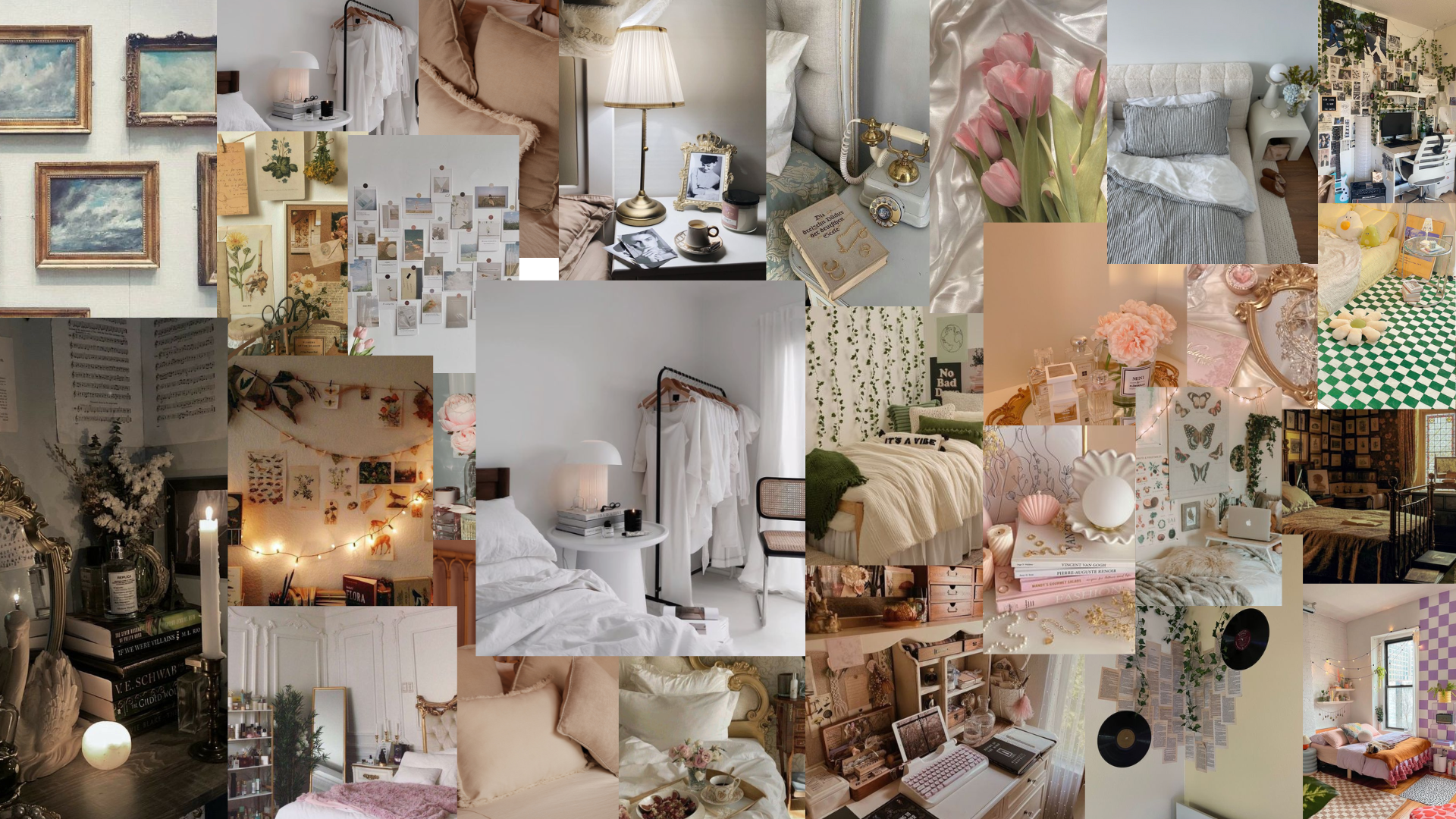
What’s the Sentiment You’re Going For?
When you think of certain aesthetics, are there emotions that come up? For example, Dark Academia is more about pushing towards hard work; the same can be said for Clean Girl. But other aesthetics, like Art Hoe, give off care-free creative vibes, while Fairycore is meant to make you feel whimsical yet stress-free.
With that said, you need to keep in mind that emotions can play a powerful role in creating a personal interior design aesthetic; just by infusing your space with sentiment and meaning, you can transform it into a reflection of yourself.
So, what type of mood do you want to feel the moment you step into your room? Do you want it to feel like a home office where you just go there to work? Do you want this to feel like a little getaway from the world? Some other things you might want to think about would be:
- Choose meaningful art: Hang artwork that speaks to you on an emotional level. Whether it's a painting by your favorite artist or a family heirloom, each piece should evoke feelings of joy or inspiration.
- Incorporate sentimental objects: Displaying cherished items such as photographs, trinkets from travels, or heirlooms can bring back memories and create conversation starters.
- Make use of color psychology: You should definitely keep in mind that colors aren’t just about making your room look bigger or become prettiest, but colors have the ability to influence our emotions. Be sure to choose hues that align with the mood you want to create in each room. Cool blues for calmness, vibrant yellows for energy, or earthy greens for tranquility are just some possibilities.
You Need to Seek Harmony
At the end of the day; this needs to be a space where you feel harmony. For harmony, this is something that’s different for everyone. Some people find harmony in the chaos, while others only see this as disruptive. But when it comes to the “standard rules” of harmonious interior design, then it’s just really all about proportions and symmetry. There are aesthetics that focus on the clean lines that this has, such as the Clean Girl Aesthetic, Danish Pastel, Vanilla Girl, Old Money, Preppy, and the list could keep going on and on.
So you’ll just want to avoid overpowering a room with oversized furniture or overwhelming it with small accessories. Instead, aim for pieces that complement one another in size, allowing them to coexist harmoniously. But it’s similar to symmetry, too, since this plays an essential role in achieving balance within a room. It refers to arranging elements equally on either side of a central axis, creating a sense of equilibrium. Incorporating symmetrical elements such as matching chairs or lamps can add a pleasing rhythm and orderliness to your design scheme.
